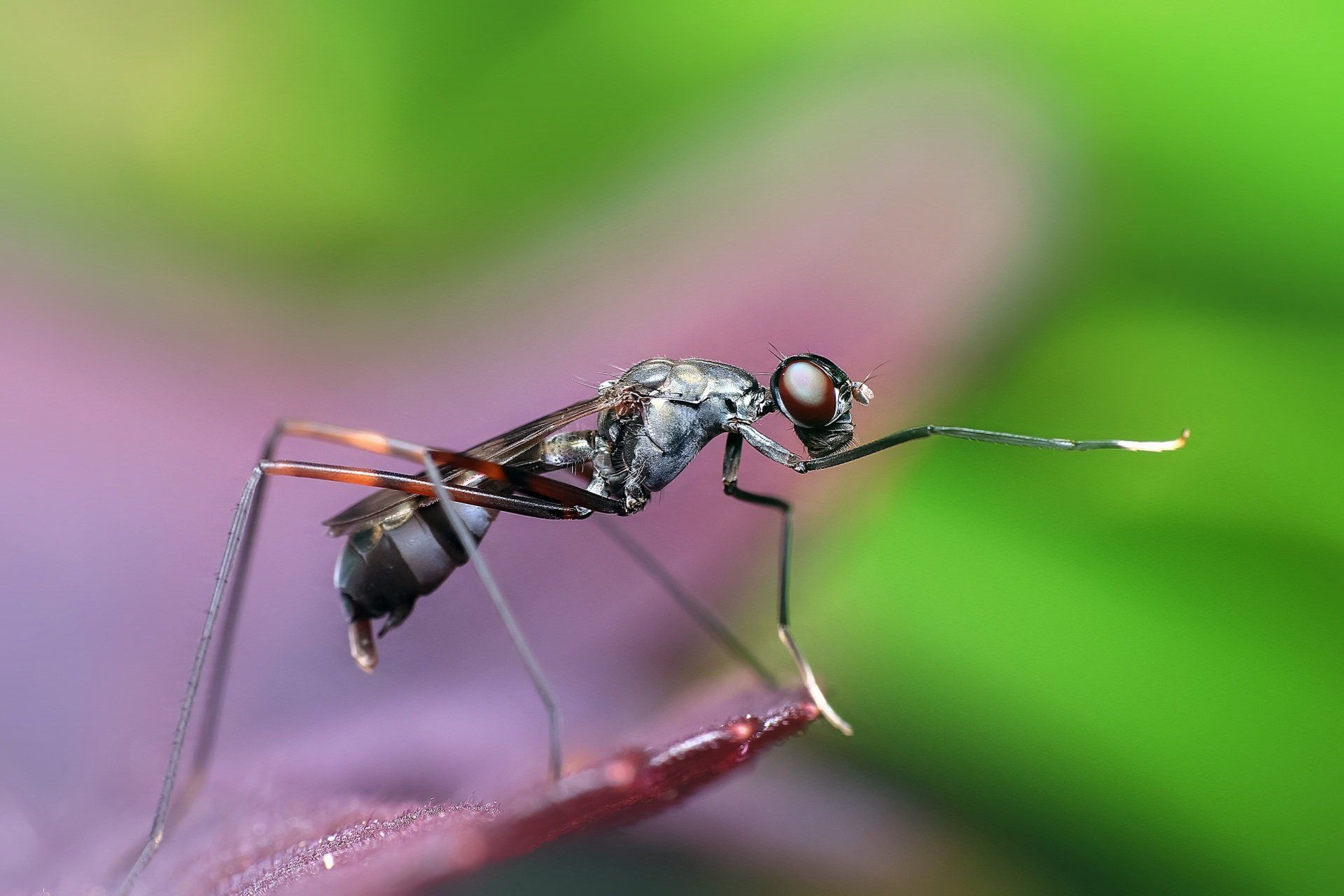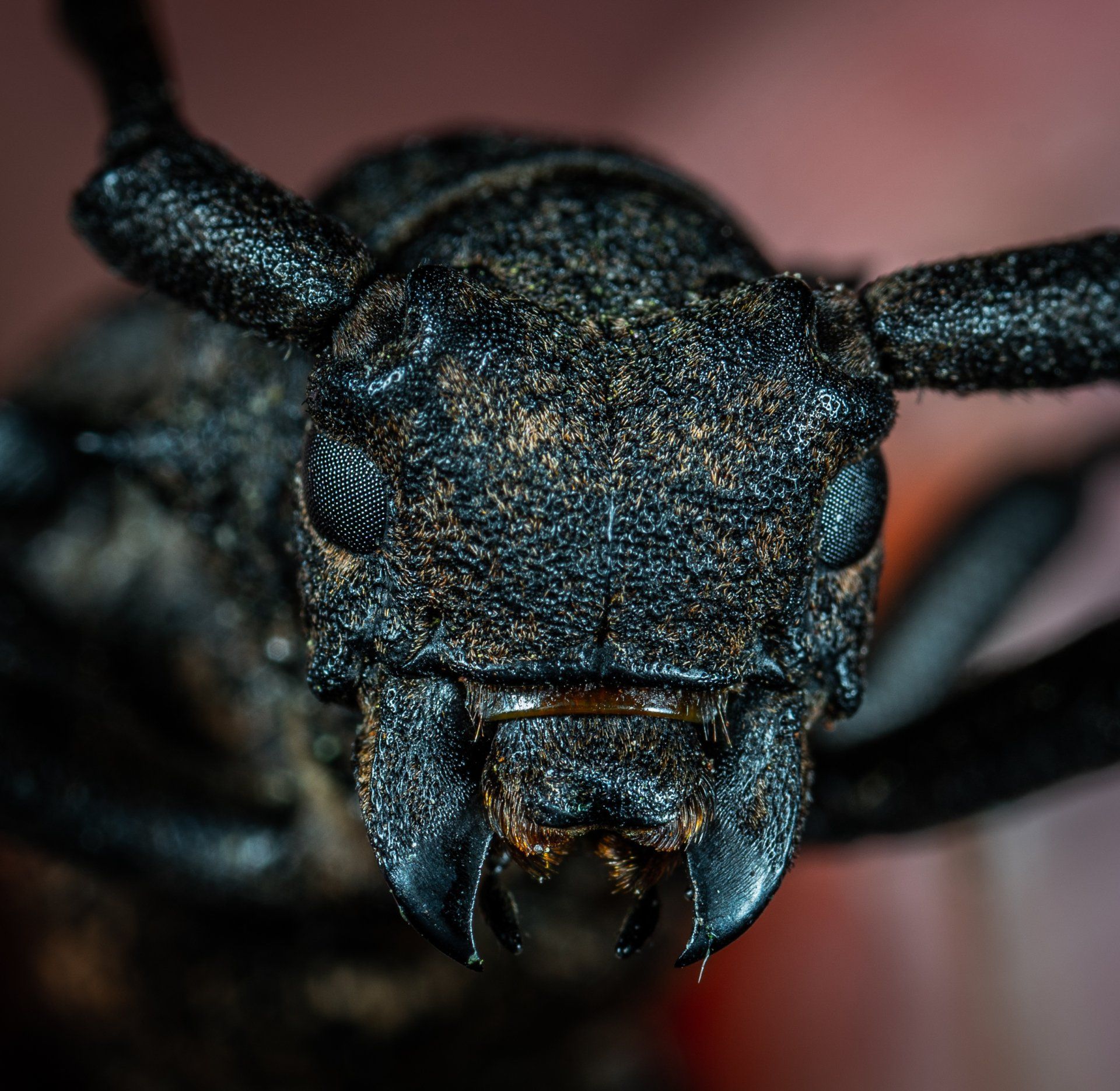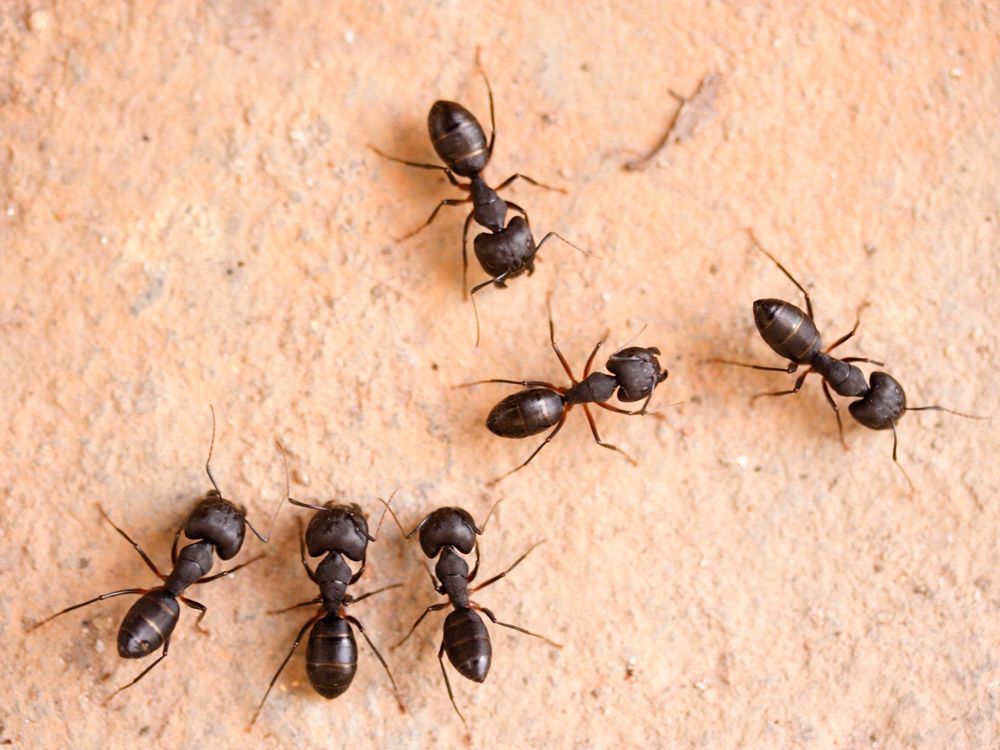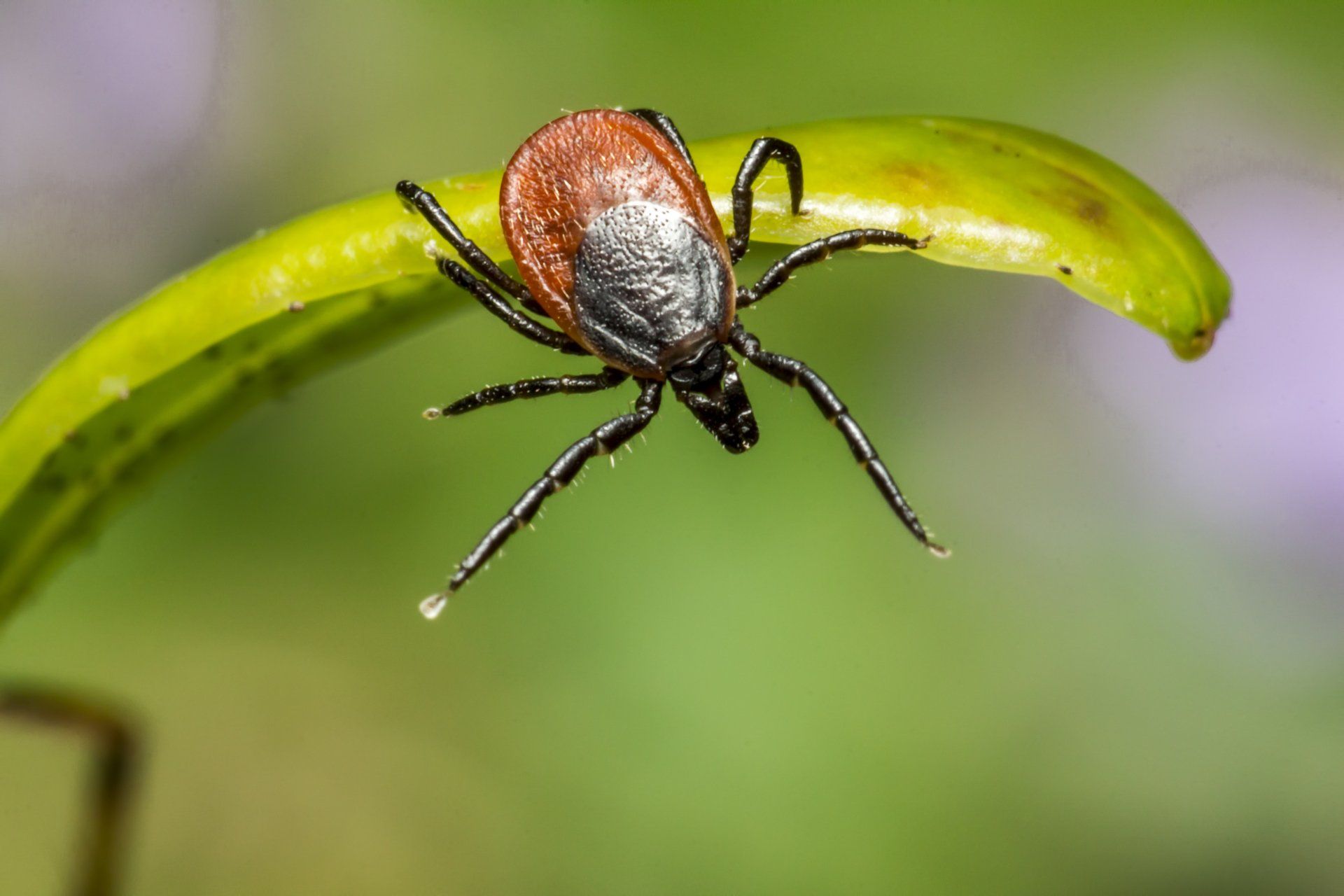Tips and Tricks for Bug-Proof Window Screens
Prevent bugs from using your windows as an entry point.
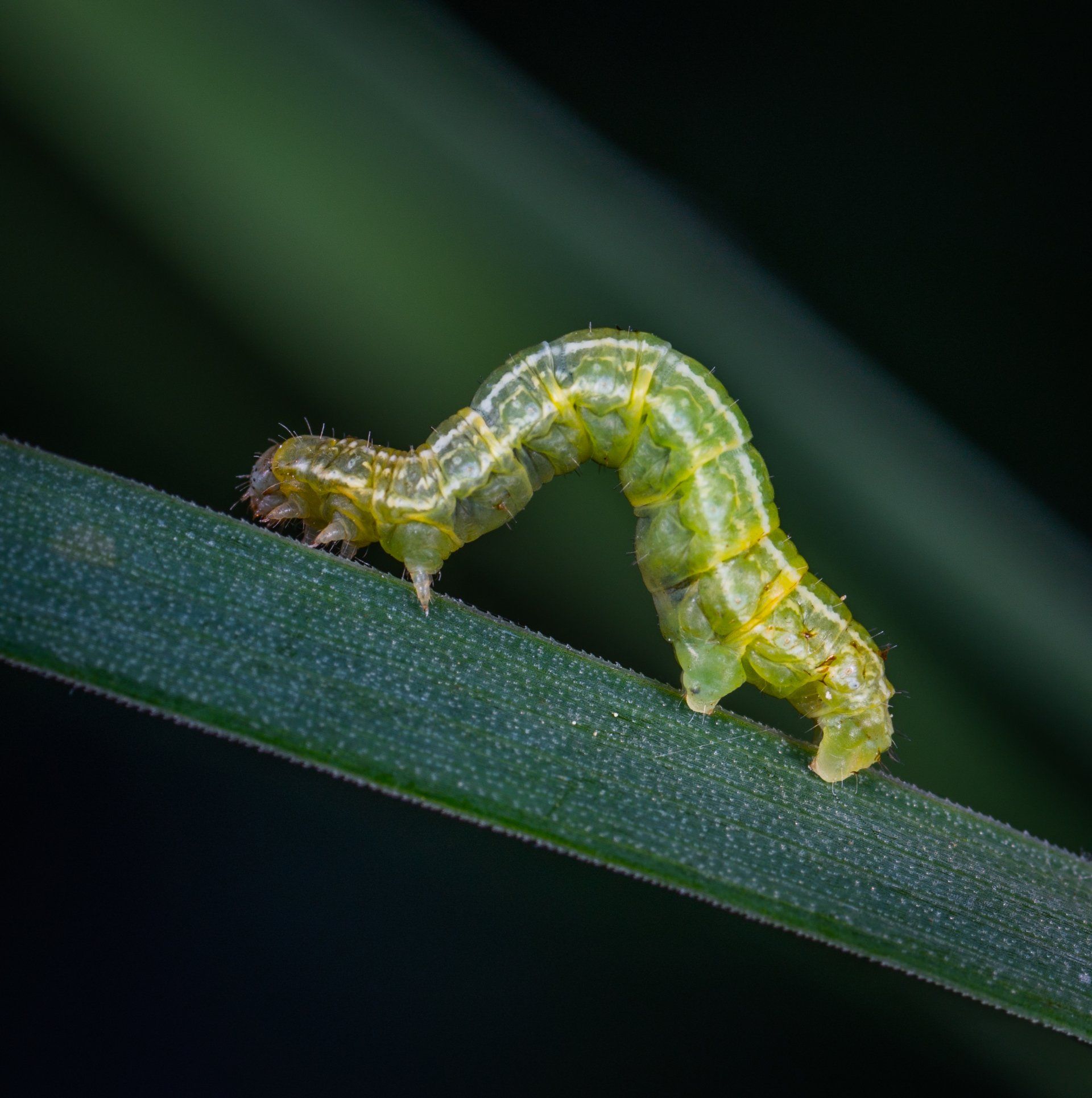
Winter is a popular time for bugs and other pests to enter the home. One of the ways they enter is through window screens and doors.
Unfortunately, small holes in your screens can quickly lead to an infestation, especially with pests that swiftly multiply. This is why you need to secure your windows, ensuring any holes, tears, or gaps are properly sealed.
If you have a sudden influx of pests in your home, you should contact a professional pest control technician to inspect your home for possible entry points. You can also use this helpful guide to bug-proof window screens.
Bug-Proof Window Screens With Caulk
The first thing to do when bug-proofing windows is to look for any holes and repair them. You can fix small holes with clear silicone adhesive. For larger holes, you may need to use a small piece of mesh screen as a patch.
Once holes are repaired, you’ll want to caulk around your home’s exterior window frames. You can also use caulk for this, although large cracks or gaps may require an expanding foam. Just be sure it’s at least 40 degrees out when using these items so they have time to dry.
These spots are often entry points for pests, so take note of them. If you’re unsure what to look for,
a professional pest control company in Sparta, NJ, can assess your home, sealing any gaps or cracks they notice.
Look for Wood Rot
Next, inspect your window sills for wood rot. If you notice your window frame has signs of this, you may need to contact a window repair company. Wood rot is especially appealing to termites. It provides them with everything they need, from plenty of moisture to food and shelter.
Since
termite damage isn’t usually covered by homeowner’s insurance, it’s best to prevent these pests in the first place. Termites are considered a preventable pest, which is why your homeowners most likely won’t pay for any repairs. And seeing as the
national average to repair termite damage is $3,000, they’re not a pest to mess around with.
Consider Bug-Repelling Plants
The best bug-proof windows include insect-repelling greenery. This means you can plant different items in window planter boxes, deterring pests this way.
Just keep in mind that “natural” doesn’t always mean “non-toxic,” so take note of what plants you utilize. This is especially true for herbs, as most are toxic to pets — and some to people. A safe bet would be planting basil, as it's said to be
safe for pets.
Consider New Windows
If your windows are damaged beyond repair, you might not be able to keep bugs out. When windows leak, have visible damage, or are worn out, you may need to replace them.
Not only will this work to keep pests out, but it’ll also help to prevent drafts in the home thanks to a snug fit.
Don’t Forget About Your Doors
Although it’s important to bug-proof your windows, it’s just as important to prevent pests from entering through your doors. You may want to invest in a door seal to keep bugs out.
You may see them advertised as “door sweeps” or “draft stoppers,” but these seals also work to keep pests from invading your home.
If you have gaps around your door, these door sweeps not only keep critters out, but they work to prevent drafts. You can purchase them in a variety of styles, sizes, and colors. You can also look for weather stripping to reduce gaps around doors.
How to Keep Bugs Out of the House
Now that you know how to bug-proof window screens, you can try some of these DIY tips and tricks at home. Unfortunately, these measures might not be enough to prevent pests from entering and, if they do, you may quickly have an infestation on your hands.
Serene Property Services offers residential pest control to Sussex County, NJ, and Warwick, NY. If you have an uptick of pests in your home, we’ll inspect your property, looking for signs of an infestation. We also offer recurring pest control services as needed.
Contact us today for an estimate.
We will get back to you as soon as possible
Please try again later
About Us
Contact Info


